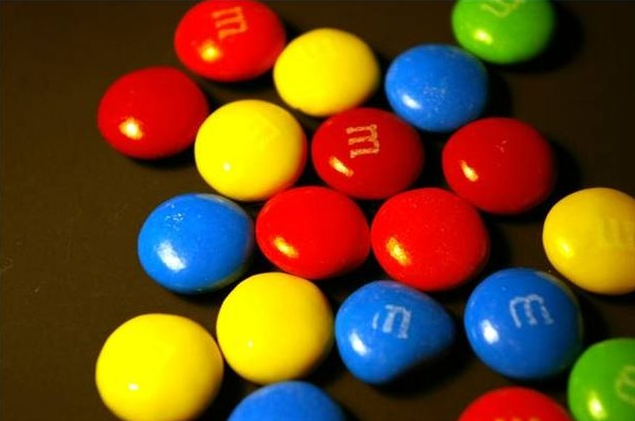OCD Isn’t a Synonym for Being Particular
Having Obsessive Compulsive Disorder does not mean being bothered by misaligned or out-of-order objects.
Key Takeaways:
- OCD is so much more than what it's culturally attributed with: cleanliness, germophobia, and organization.
- Exposure Response Prevention Therapy can be coupled with medication to improve life with OCD exponentially.
- Haley Ivey was diagnosed with bipolar disorder and OCD as a young adult.

“How OCD are you?”
I see this quiz pop up on my Facebook feed now and then, in one form or another, and I admit it’s sometimes difficult to keep my cool about it. I’m compelled to leave a comment or message the author and write, “Hey, I just wanted to let you know that the quiz you posted might be considered kind of offensive to individuals diagnosed with OCD. This is misinformation. There are people really suffering from this mental illness and quizzes like this – that really should be titled ‘How persnickety are you?’ – minimize the true gravity of the situation.”
Usually, I let it slide. It’s exhausting to keep wagging my finger; and persnickety sounds like something a granny might say. After all, I don’t want to be that guy. I understand that these quizzes are meant to be a fun way to kill time, like, “Which Disney Princess are you?” or, “What bodily function describes you best?” I’m certainly not above seeing what an internet stranger thinks my spirit animal might be, but I digress. The fact remains that we still have a little way to go in terms of how OCD is perceived and represented.
In an effort to clear things up, I wanted to take a look at the message these quizzes are unintentionally sending: Having Obsessive Compulsive Disorder means being bothered by misaligned or out-of-order objects.
Trust me when I say I’m not out to ruin anyone’s fun (disregard my Official Buzzkill hat); but it’s essential to understand the reason why an individual with OCD might be bothered by these concepts to begin with. Likewise, it’s important to understand that OCD comes in many different and extremely frustrating varieties, so this is by no means an all-inclusive example.
The Low-Down
Obsessive Compulsive Disorder is part obsession and part compulsion (aptly named, I know!), so becoming obsessed with misaligned, or out-of-order objects is typically the result of an unpleasant, intrusive thought that becomes so upsetting to the victim that they are compelled to carry out a compulsion. For example, “My loved one will die if I don’t fix that crooked book.” It’s an outlandish and impossible thought, but those with OCD will feel a very real anxiety as a result. Logic dictates that this is an impossible scenario; obviously there’s no need to worry. In spite of this logic, however, true OCD will induce a panic that makes the victim feel as though ignoring that slanted book might actually result in a loved one’s death. The anxiety can become so overwhelming and potentially crippling that carrying out the compulsion (correcting the book) is the only way to find relief, albeit of a temporary kind.
Unfortunately, the most effective way to take control of one’s OCD is to simply allow the panic to happen until you habituate to that feeling, similar to how plunging your hand into a bucket of ice water will make it go numb with time. This practice is what is known as Exposure Response Therapy (ERT), and while it’s no walk in the park, it can be coupled with medication to improve life with OCD exponentially.
OCD Isn’t a Synonym for Being Particular
If you take anything away from my spiel, let it be this: that simply being irritated by one yellow M&M in a sea of green, candy-coated chocolatey goodness doesn’t necessarily mean you have a serious mental illness like OCD. Hey, it might just mean you hate the color yellow! So I beg of you, those out there taking online quiz after online quiz: next time, please take a moment to consider what OCD really stands for. It would mean a lot to those of us who are busy nervously righting all of our books.
Haley Ivey is a digital artist and web designer living in North Georgia. She was diagnosed with OCD and Bipolar as a young adult. When she isn’t staring at code and muttering, “Why won’t you work?!”, she can be found defending her reputation as a colossal nerd.